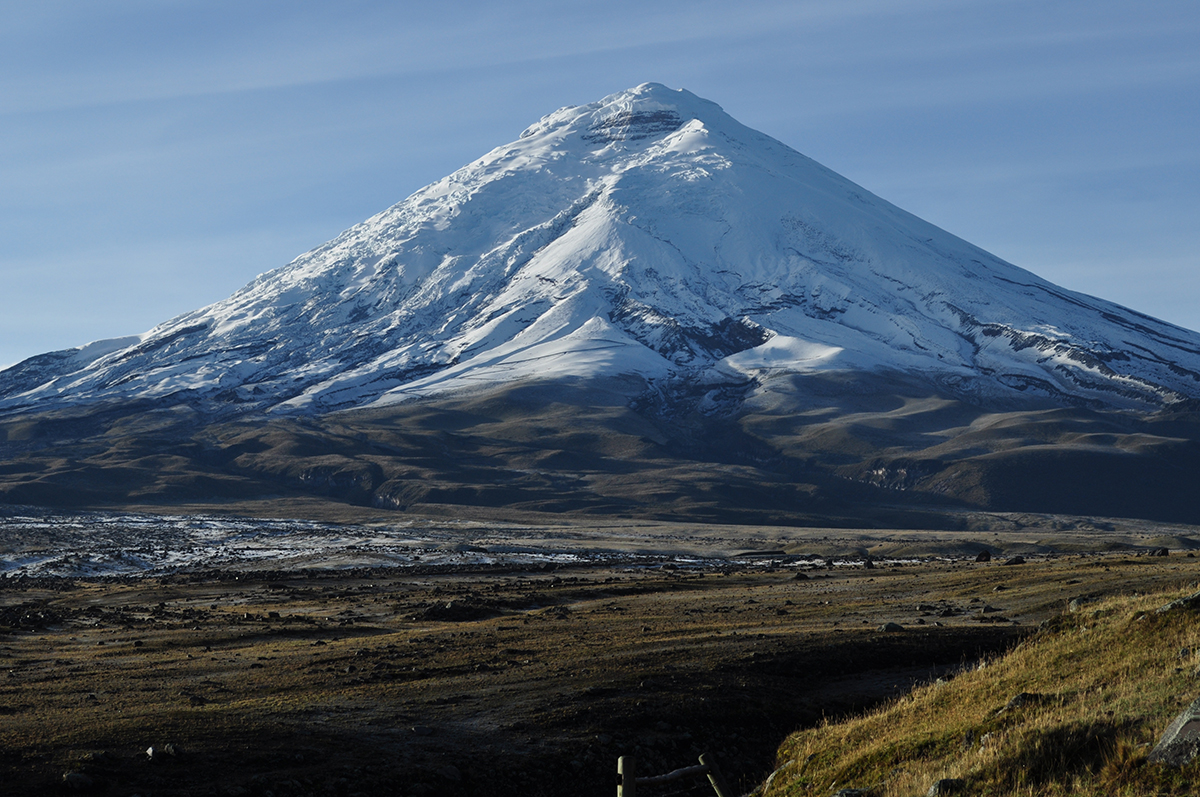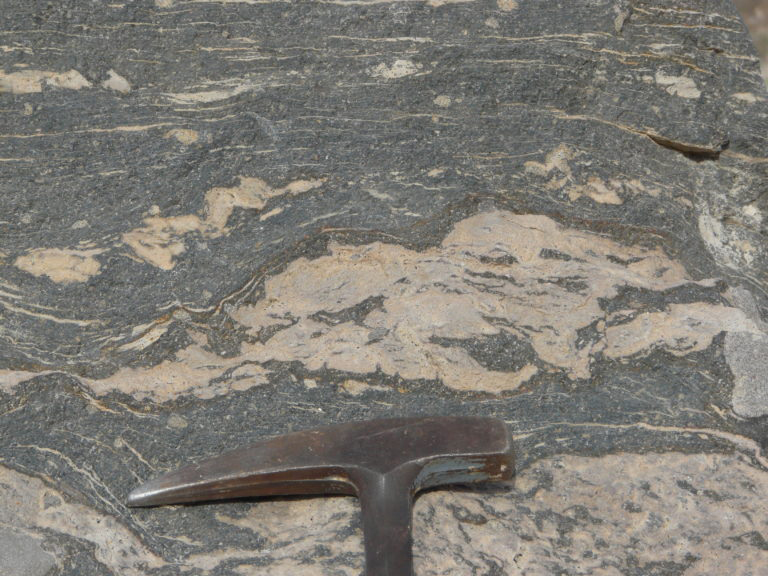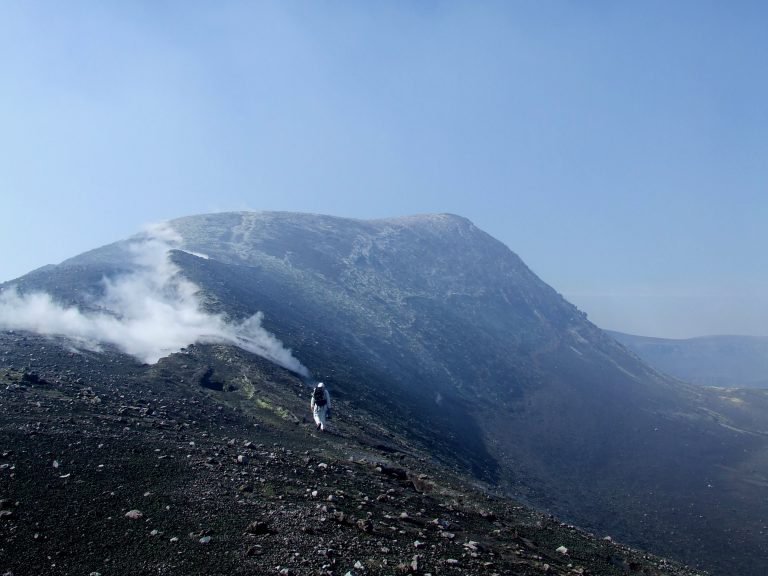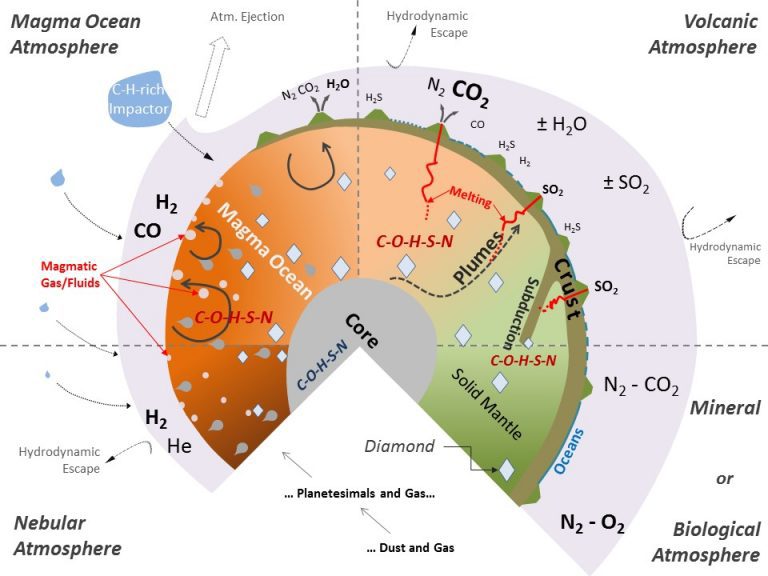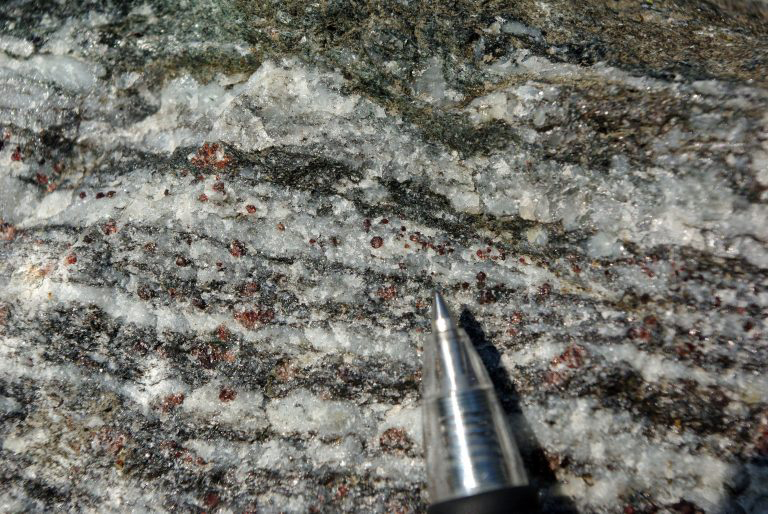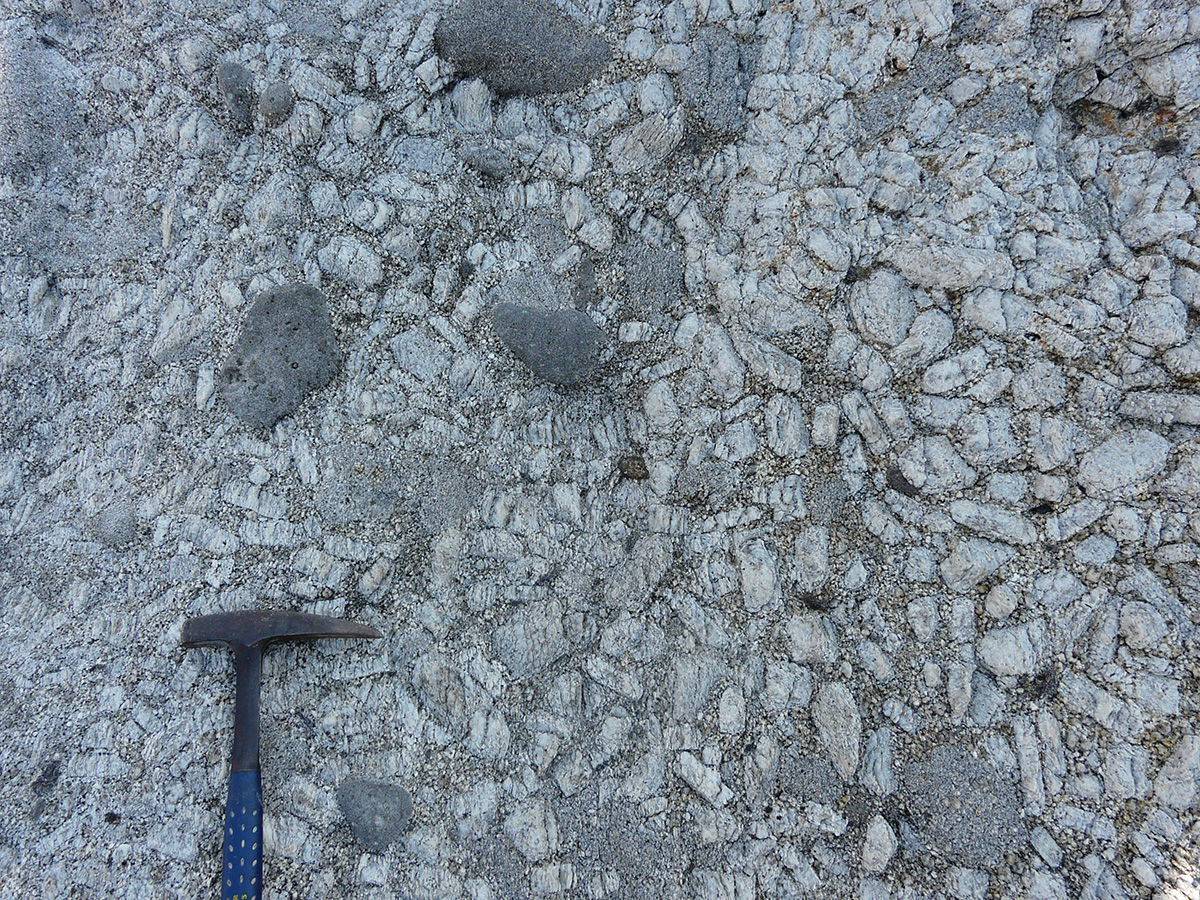ISTO, UMR 7327,
Univ Orléans, CNRS, BRGM, OSUC, F-45071 Orléans, France

Magma
- Home
- Groups
- Magma
Understanding and modelling magmatism on Earth and elsewhere is required for a sustainable development of our society. We develop our research on magmatism addressing three time-scales :
- The short time-scale expression of magmatism is volcanism: The immediate hazard associated to eruptions and the atmospheric impact associated to ashes and gases.
- Most of the magmatism does not produce eruptions, but it involves stagnant magmas that cool down at depth during thousands of years. These are plutonic rocks. How this process affects the heat distribution, the strength of the crust and the distribution of fluids and metals with implications for ore processes, constitutes an important topic.
- At Geological time-scale, magmatic processes have played a central role in the processes of planetary differentiation by linking the deep geodynamics and the surface chemistry.
The spirit of the team is the approach of magmatic processes by experimental simulation: Experiment and model. We simulate in the laboratory the pressure and temperature conditions experienced by magmas in the depths of the Earth up to the surface.
Axis 1: The volcanic eruption and the pre-eruptive processes
On short time scales, our expertise serves the cause of volcanic risk assessment by reconstructing critical information on the history of magma before and during the eruption. Like the investigator tracking the “serial killer”, what we unravel from the mineralogical fingerprints left by past eruptions helps to build the profile of the volcano to better predict its future activities. The team is one of the few research groups to master the petrology of magmatic systems and to put it at the service of the understanding to understand volcanic processes. Our group has worked on historical eruptions that have marked the popular imagination such as Vesuvius, Santorini, the Canary Islands or Mount Pelee. Today, we target volcanoes in Central and South America as well as in Asia, but the French volcanoes (Antilles, Massif Central, and Réunion) remain objects on which the team is active.
The dynamics of magma reservoirs and eruptions are a new axis of our research. The questions mobilizing our group are at what speed How fast do magmas rise in the eruptive conduit, what are the processes of magma reservoirs triggering the rise through the conduits?
This requires the implementation of measurements and models establishing the links between degassing, crystallization, permeability, deformation, and magmatic upwelling during eruption. We also develop measurements and concepts on processes such as magmatic mixing, residence time in reservoirs, heat and material transfer between eruptions, and the development of a new model for the heat and material transfer between magma and reservoirs.
Axis 2: The geological time-scale of magmatism
On long time scales, volcanism, a relentless source of gases that disrupt the chemistry of the oceans and atmospheres, can lead to significant changes in global surface conditions. conditions on the surface of the globe. Below, we distinguish two types of magmatic phenomena impacting planetary surfaces. Finally, the deep geodynamics regulating magmatic production and the geodynamic cycle of volatile constituents can be connected to the chemistry of planetary surfaces:
- The atmospheric changes associated with an eruptive event can occur on time scales of the order of a decade. These include the emission of of ash, sulfur dioxide and magmatic halogens. This magmatic activity has an immediate impact on human activities, by affecting regionally the air transport, the climate at This magmatic activity has an immediate impact on human activities, affecting air transport, the global climate, and the chemistry of the stratosphere.
- Primordial and longer-term changes are likely to occur in response to magmatic outgassing of nitrogen, water or carbon dioxide. carbon dioxide. These outgassings condition the habitability of a planet or the global warming. In these processes, magmatism constitutes a pipeline connecting the mantle to the planetary surfaces within which the volatile constituents of the C-O-H-N-S system circulate. This volatile pipeline is the vector of the mantle degassing and operates on all the planetary bodies.
- The transfer of magmatic volatiles on long time scales is related to deep geological processes. The existence of the subduction process on Earth introduces the notion of a long geochemical cycle, or even a geodynamic cycle of volatiles, with chemical fluxes towards the interior of the globe associated with the plunging panel and flows towards the external envelopes associated with arc magmatism. The magma and its ability to concentrate and transport volatile constituents is an essential link in the regulation of these cycles.
Axis 3: Non-volcanic magmatic transfers
Most of the magmatism does not reach the surface of the globe. It is the hidden face of magmatism which, as for the iceberg, constitutes the main part. The magmas tend to remain trapped at depth, where they stagnate for reasons not well understood and where they cool for tens or hundreds of thousands of years until erosion brings these solidified rocks to the surface. These magmatic rocks trapped at depth are called plutons. For what reason, magmas remain preferentially trapped in the interior of the Earth? What is the link between plutons and volcanoes? What is the role of deep magmas in the heat balances giving rise to hydrothermal What is the role of deep magmas in heat balances giving rise to hydrothermal/geothermal events or chemical element transports feeding geochemical anomalies such as metal deposits? What is the role of these deep magmas in the great geodynamics? Low viscous and with strong remobilization capacities, these deep magmas percolate, flow, and are therefore likely to play a determining role in the internal clockwork of our planet.
From the sliding of plates on the mantle to the mechanics of continental crusts and the mechanics of magma chambers, the transfer of magmas that do not erupt remains a strong animation workshop of our group.




